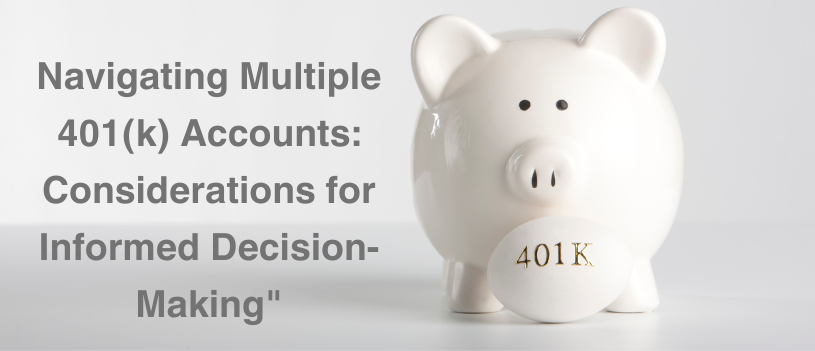Workers change jobs approximately every four years, according to the most recent U.S. Bureau of Labor Statistics data. Individuals often find themselves with multiple Sec. 401(k) accounts. Some of these accounts may be overlooked, leading to potential fees and neglect.
Common reasons individuals refrain from rolling over their 401(k) accounts when switching jobs include confusion about the best rollover option and a lack of urgency when fund balances are deemed insignificant.
In compliance with the Department of Labor’s “rollover rule,” financial advisers are obligated to furnish specific documentation demonstrating that a rollover of a retirement account to the adviser is in the client’s best interest. Although this rule has faced challenges in court with partial success, advisers should be cognizant of the new requirements, anticipating additional scrutiny regarding recommendations on moving retirement assets.
The decision to roll over or leave funds in place depends on individual client situations, considering the diverse features of 401(k) plans and IRA products, along with rules surrounding early distributions. This article explores available options and offers guidance to support clients in their decision-making process, including leaving the account with the prior employer, rolling the account to the client’s current 401(k) or 403(b) account, transferring it to a rollover IRA, or distributing the account (the least desirable option unless specific circumstances warrant it).
In support of leaving the account with the prior employer, individuals may find it sensible when faced with certain circumstances. For instance, the ‘Rule of 55’ allows penalty-free withdrawals from employer-sponsored qualified retirement plans for individuals aged 55 or older. Additionally, leaving the account in place might be advisable if the account holds highly appreciated employer stock or offers unique investment options not available elsewhere.
Conversely, rolling the account to the client’s current 401(k) has its merits, especially if the new employer’s plan offers advantages such as increased borrowing capabilities, adherence to the ‘Rule of 55,’ facilitation of back-door Roth contributions, and potentially lower investment fees compared to an IRA.
Moving the funds to a rollover IRA may be preferable for individuals without a new employer plan or those desiring more control over their investment management. This option provides broader investment choices and allows for strategic Roth conversions. Accessing funds before age 59½ is also possible through an IRA for specific financial planning needs.
The decision ultimately comes down to two key considerations for most clients: evaluating fees and investment options and weighing the importance of consolidating savings in one place versus managing multiple accounts. It is crucial to be mindful of these factors in order to make informed decisions when handling former employer retirement savings.
Financial planning aspects of 401(k) rollovers – Journal of Accountancy
